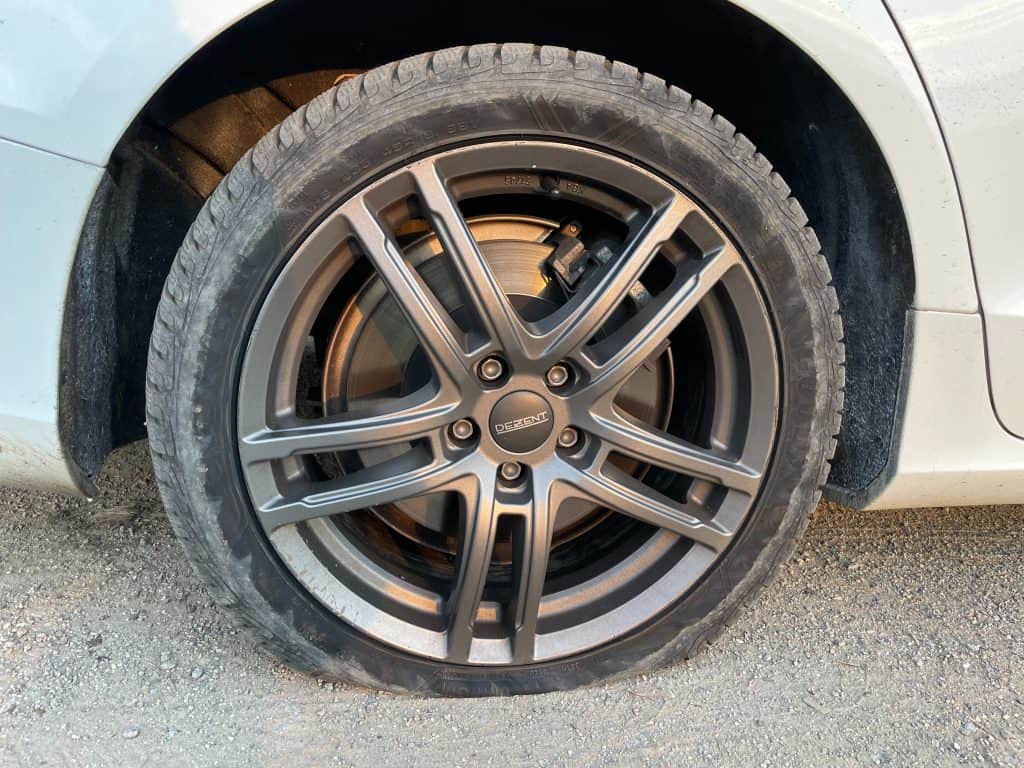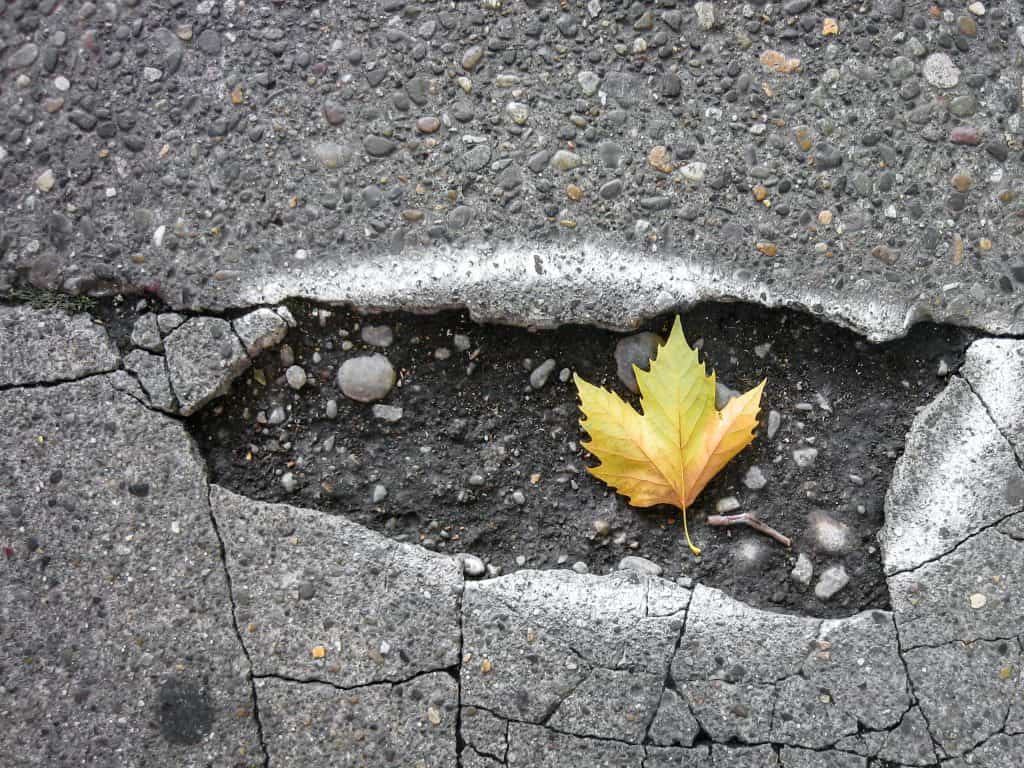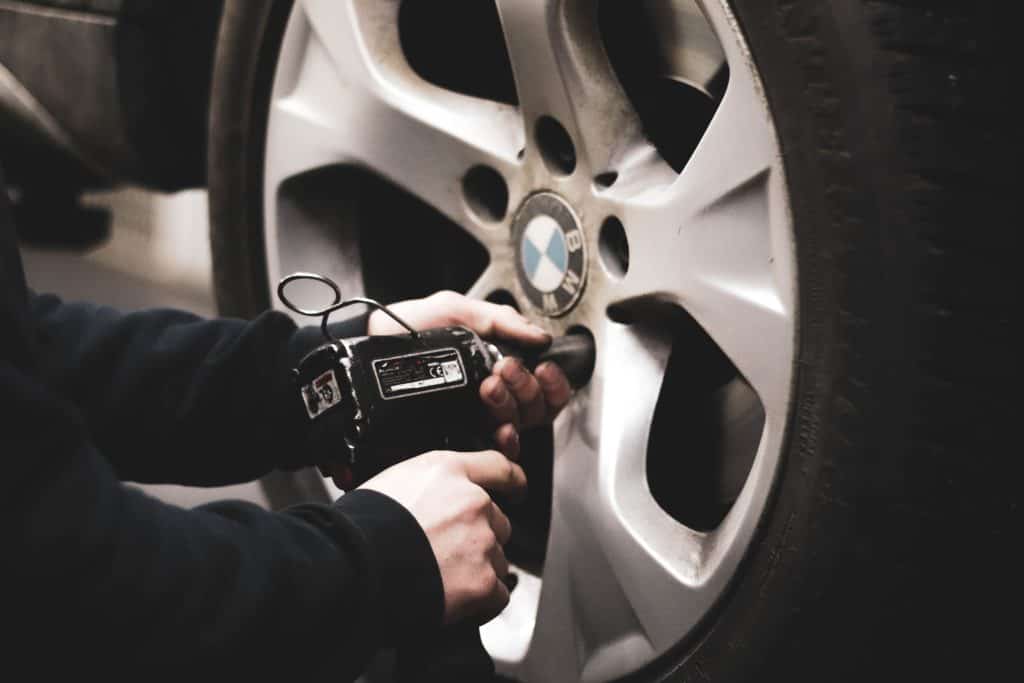Drivers take a lot for granted when they go about their daily motoring lives. The car starts, it runs and they think no more about it.
Yet the fact is, there’s a lot going on within the operation of a car and it starts and ends with contact on the road. Tyres are perhaps the single most important item when it comes to road safety.
They have to deal with all manner of road conditions; ensuring both grip and braking are effective. That’s why it is important to keep them in tip-top condition, ensuring perfect performance all the time.
Tyre condition and maintenance is key. Tyres need attention just as other automotive consumables do. That’s why car makers recommend checking the air pressure every week because, over time and for various reasons, tyres can lose precious air and not perform as they should.
So why do tyres lose pressure?
Most common reasons why tyres lose pressure
Loss of tire pressure is normal; it doesn’t just affect cheap rubber, either. Even the best brands, like Bridgestone, lose pressure in operation and it’s the owners’ job to ensure they meet the standard and are correctly inflated.

Manufacturers will usually put a sticker somewhere on the car, often on the driver’s door jamb, with the correct pressure noted, although of course, different uses can affect how air pressure is used, like going off-road, but in general use these are the psi ratings to be set.
Here are some reasons why pressure loss occurs:
A Major Event
A sudden catastrophic event. When the driver experiences sudden tyre pressure loss caused by a puncture or other damage-inducing road hazard. Under-inflated car tyres will increase the likelihood of a blowout. Not something you want to experience.
The Slow Leak
The dreaded slow puncture (air leak) for no easily apparent reason. Apart from the clear safety risks, it is annoying to have to find an air line for a top-up and establish the cause. It may be a faulty valve or damaged tyre bead, for example, as discussed below.
Don’t Neglect Tyres
Neglect. As mentioned, even well-fitted tyres will lose pressure over time. This is called permeation. The rubber used in tyre manufacture, being a product of nature, is permeable which allows a very small amount of air to leech out over time.
Indeed, it is even possible for air pressure to be affected by extreme changes in temperature.
It’s normal and usual and not brand related; that’s why regular pressure checks are required, especially if a vehicle is standing idle for a long period.
How to prevent future tyre pressure loss?
Prevention, as they say, is better than cure and that applies to tyre condition as much as it does to anything else.
It’s about being proactive and making sure that the tyres are included as part of a car service regime. There are plenty of reasons to routinely check the tyres:
The rubber surface tread of a car tyre is cut with channels and grooves which syphon off water where the tyre meets the road.
Insufficient tread depth will unquestionably mean longer stopping distances, and the law is clear on this. So while checking tread depth it also pays to examine the overall condition of the rubber.
Under-inflation will cause extra wear and tyre and shorten tyre life. It can also further damage the tyre which, in turn, can increase pressure loss, so watch out for these issues:
- Bulges, worn patches, cuts or abrasions or any other damage. If in doubt about tyre condition, get it checked by a professional tyre service.
- Valve leakage. This is the problem that fools most motorists. Tyre damage caused by hitting the wheel against the kerb, a common failing, could potentially also unseat the valve. Alternatively, the valve pin itself could become loose, releasing air. This is how to check for a leaking valve:
- The simple solution is if a hissing sound can be heard. If so, it is likely that the air is being lost fast, but it is probably going to not be that easy.
- Try getting a small bowl of soapy water, washing-up liquid will do the job, and spray over the valve. If bubbles appear then air is being lost.
- Top Tip: always make sure the valve cap is in place and is screwed on tightly otherwise road dirt can get in the valve, saving up a problem for later.
Many cars these days are fitted with tyre pressure monitors but these are not the driver’s ‘get out of jail free’ card. They are a warning, just like all the other dashboard lights, but if they indicate under-inflation, there is already a problem.
Some pressure warning systems are more detailed than others, but it is far better to never see them at all by the simple measure of checking the pressures yourself.
Most filling stations have air pumps with pressure gauges but it is easier to keep one on board the vehicle. They are rarely expensive and a quick internet search will reveal the good brands.
What might cause a sudden tyre pressure loss?
Well, surprisingly, quite a lot of things. The most obvious perhaps is road debris. Any sharp piece of metal, a nail say, can penetrate even the latest, high-quality tyres.

Such damage may not be immediately noticeable, as the intrusive item may be blocking the hole, thus slowing the air leak. Conversely, if the object falls away, then pressure loss will be rapid.
Further, the most common cause of a major tyre event is under-inflation, as referred to above. A tyre with low pressure will bulge out under the load, causing a bouncing effect at speed.
This increases heat friction, weakening the rubber and causing it to burst. The effect of this can be catastrophic, with loss of control and damage to the possibly expensive alloy wheel and even the vehicle’s suspension.
Don’t forget too about the state of our roads. Potholes have become an increasingly risky menace to driving. Cars are designed to run on smooth roads, not highways like the surface of the moon.
There are many stories about motorists suing the relevant council for repairs. A well-maintained, correctly inflated tyre and skilful driving will help mitigate any issue.
My new tyre is losing pressure, what is causing this?
Owners report how much better a car feels after new tyres are fitted. That’s because they have been correctly fitted to the rim and properly inflated by expert tyre technicians.
It is important to use a professional tyre fitting service because a badly fitted tyre may leak air. The fitted edge of a tyre is called the bead and if that gets damaged during fitment then the new rubber will not seat in properly.
If any grit is caught between the tyre and the bead, that too can cause leakage. Finally, sloppy work, either removing the old or fitting the new, could also damage the rim.
Alloy wheels are especially prone to this, and that’s why trained fitters should be used.
Finally, if tyre pressure sensors are fitted to the vehicle as is increasingly the case, it is vital to ensure that the caps are fitted precisely to instruction as over-tightening can affect performance, even to the point of air loss.
Driving carefully to the nearest tyre bay, it is possible to drive on a tyre with a slow leak but isn’t recommended. As described above, carrying a tyre pump (they plug into the 12v socket) makes sense.
They can be deployed to top up a slow leak or, of course, the spare wheel can be fitted. To save weight, many cars now have inflation kits instead of the fifth wheel; but either way, it is only a temporary solution.
Get leaks attended to immediately; either a repair or a replacement, especially if the tyre is well worn.
My tyre is losing pressure but no puncture?
Most drivers, if pressed, will probably admit to striking a kerb with a wheel, when parking, say. Both the alloy and the tyre itself can be struck quite severely, causing a surprising amount of damage.
Any damage to the wheel could cause a slow or rapid leak depending.
The tyre bead too can be damaged or unseated, making the chances of a pressure drop more likely.
Why is it important to have optimal pressure in tyres?
For all the reasons listed above, the importance of correct tyre inflation and fitment is vital. The vehicle will run smoother, brake better in a straight line and resist slippage under all road conditions.

Tyre condition is after all a part of the MOT test that all vehicles over three years old have to undergo annually.
Tyres are a fairly costly expense which is why it pays to maintain them. A properly inflated tyre will last longer and give better service as it wears.
Also, and this almost goes without saying, properly inflated tyres will help to protect occupants and indeed other road users.
Summary – Why do tyres lose pressure?
Don’t take chances with tyre care. It only takes fifteen minutes to check the tyre pressures with a gauge and top up if necessary.
It’s not difficult and pays financially in the longer term. Why not make it one of those recommended weekly motoring tasks?
